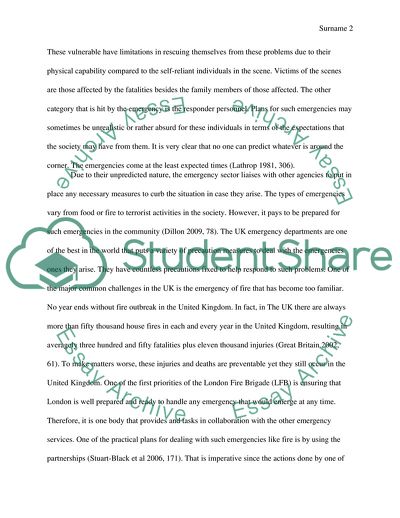Cite this document
(Fire Safety Coursework Example | Topics and Well Written Essays - 2500 words, n.d.)
Fire Safety Coursework Example | Topics and Well Written Essays - 2500 words. https://studentshare.org/engineering-and-construction/1881568-fire-safety
Fire Safety Coursework Example | Topics and Well Written Essays - 2500 words. https://studentshare.org/engineering-and-construction/1881568-fire-safety
(Fire Safety Coursework Example | Topics and Well Written Essays - 2500 Words)
Fire Safety Coursework Example | Topics and Well Written Essays - 2500 Words. https://studentshare.org/engineering-and-construction/1881568-fire-safety.
Fire Safety Coursework Example | Topics and Well Written Essays - 2500 Words. https://studentshare.org/engineering-and-construction/1881568-fire-safety.
“Fire Safety Coursework Example | Topics and Well Written Essays - 2500 Words”. https://studentshare.org/engineering-and-construction/1881568-fire-safety.


